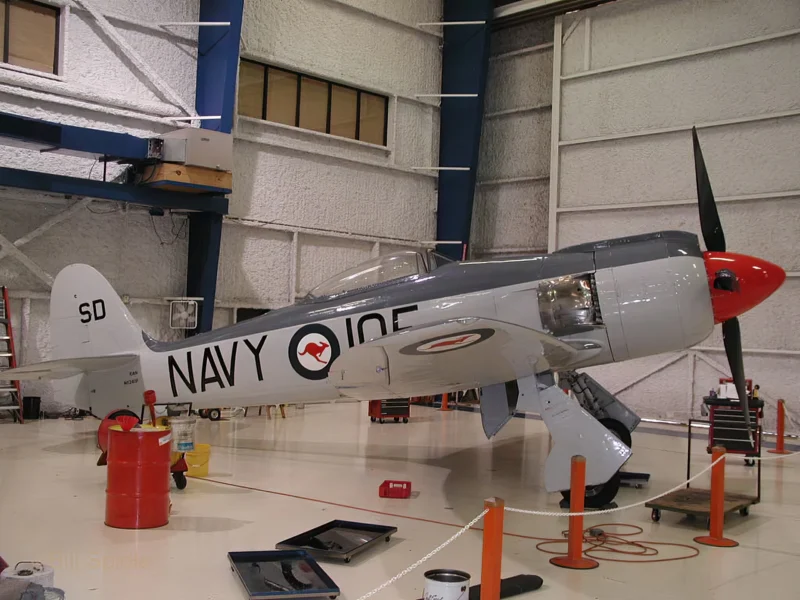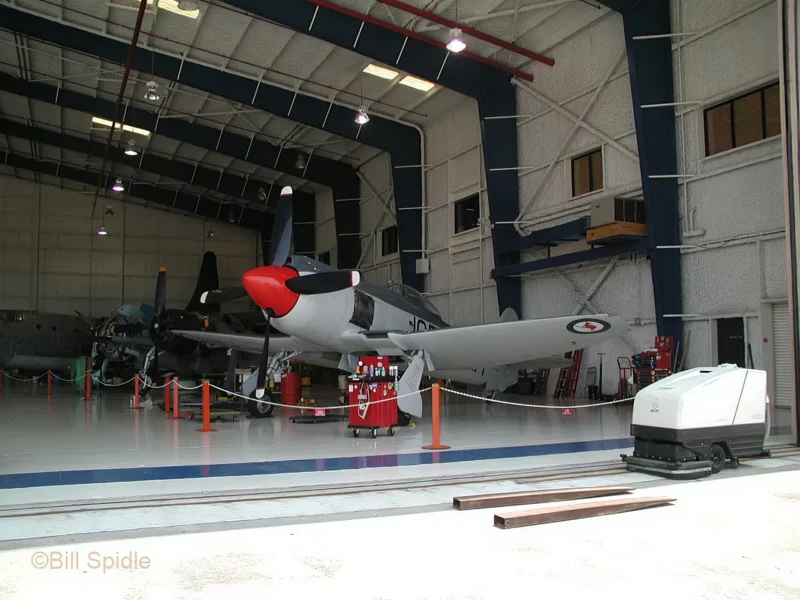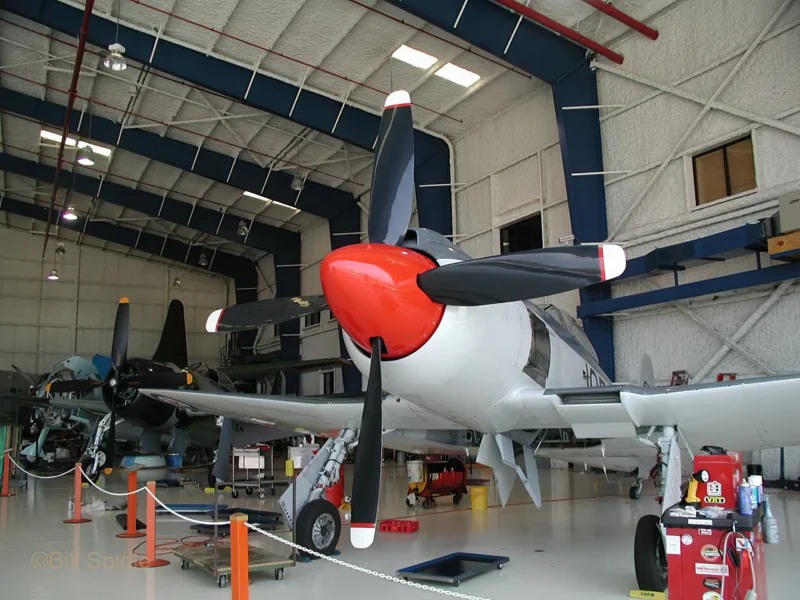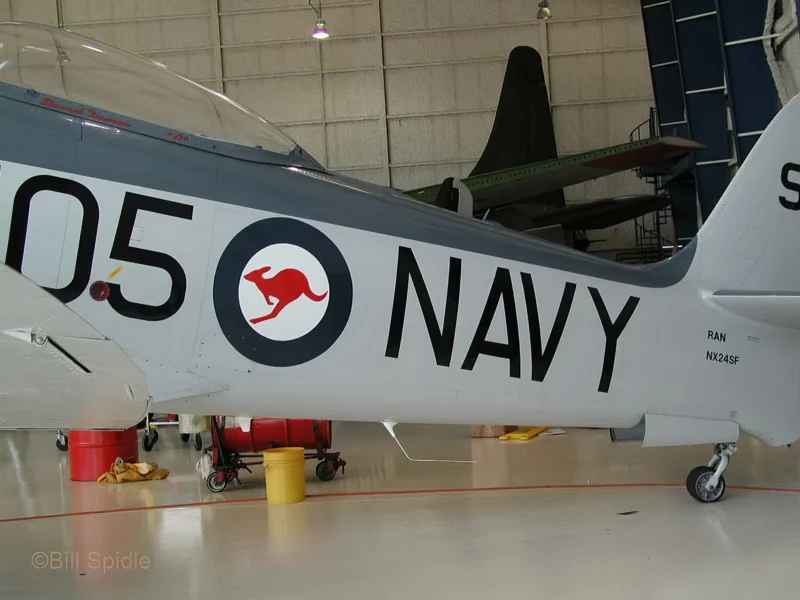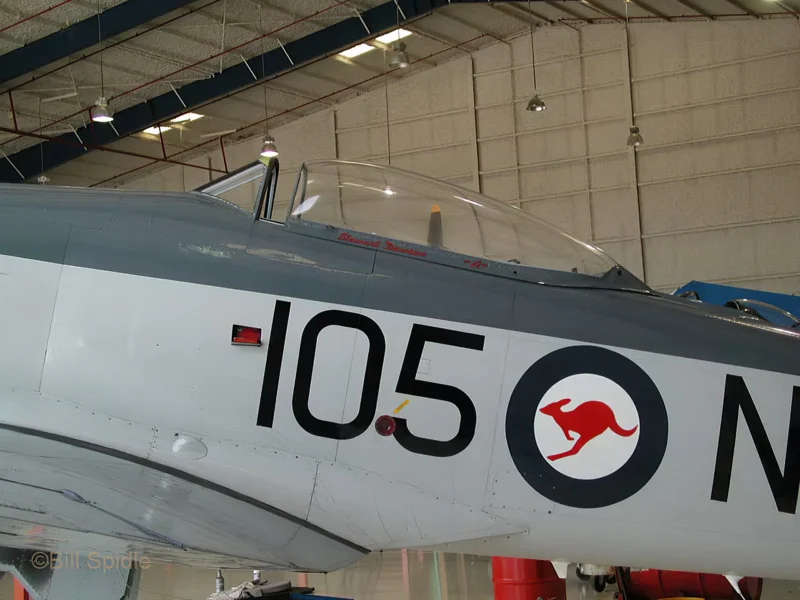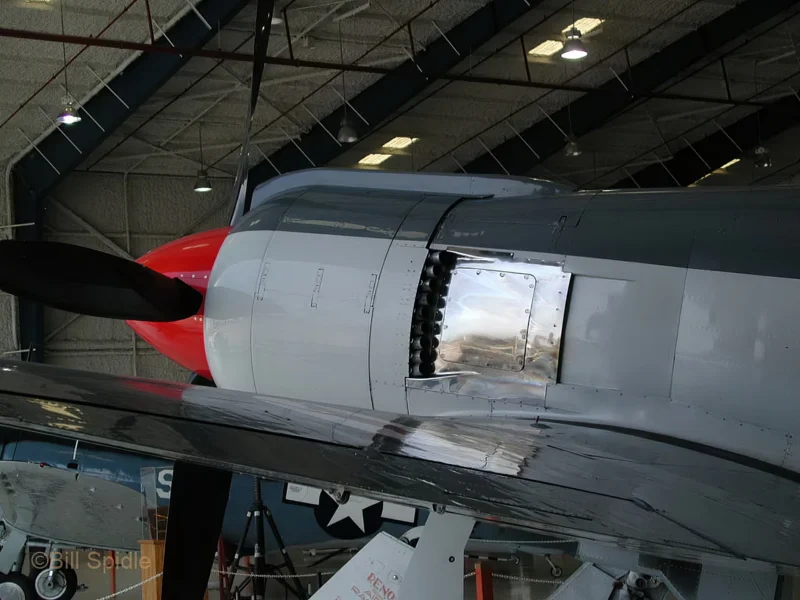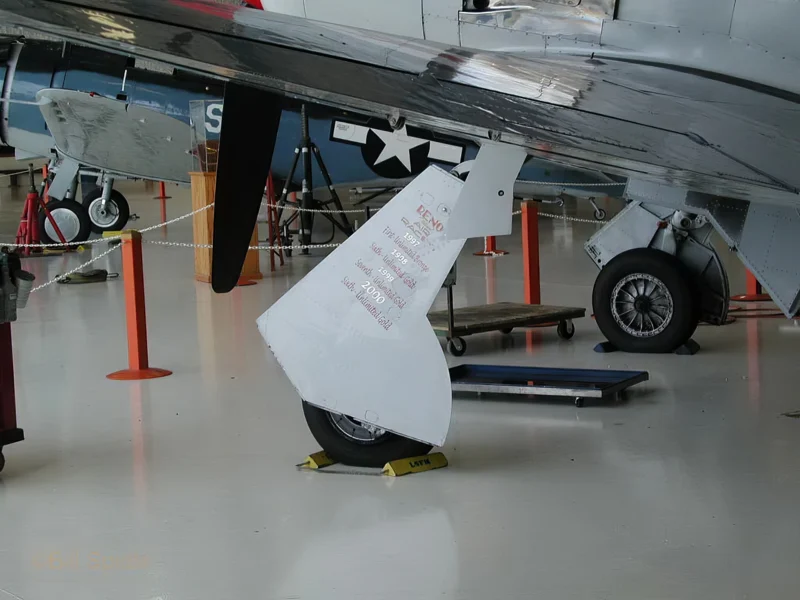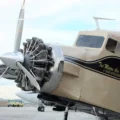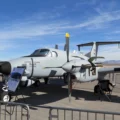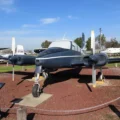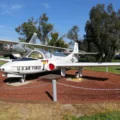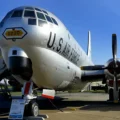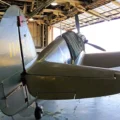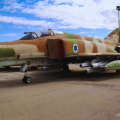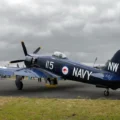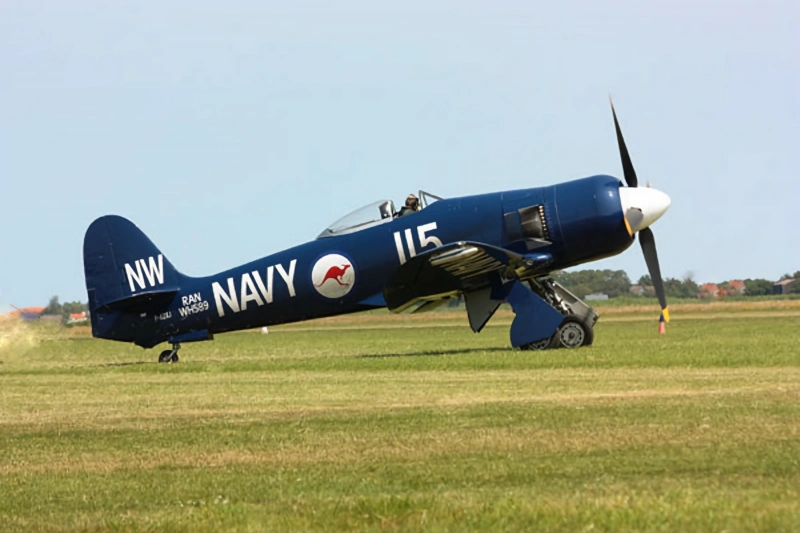
ホーカーシーフューリー | |
|---|---|
| 国 | 英国 |
| 期間 | 第二次世界大戦 |
| 型 | ハンター |
ホーカーシーフューリーFBII戦闘機のフォトギャラリー、 シーフューリー ●第二次世界大戦中にホーカー・シドレーによってイギリス海軍のために開発されたイギリスの戦闘機でした。これは、イギリス海軍の最後のプロペラ駆動航空機、これまでに構築された最速の単発ピストン航空機の一つであり、ジェット機を撃墜する最後のプロペラ戦闘機でした。
ル ホーカー・フューリー ホーカーテンペストとホーカー台風から引き継ぎました。エンジニアのシドニー・カムが1942年に開発し、RAF(イギリス空軍)が発行した入札の呼びかけに応じ、時代遅れのテンペストIIを置き換えることを目的としました。コンセプトの基礎は、テンペストのそれと同じ胴体の中心に位置する半楕円の翼を使用して、テンペストを軽量にすることです。2機の違いは、モノハルモードとパイロットにより良い視認性を提供する高いコックピットでした。
| Hawker Sea Fury FBII | |
|---|---|
| カメラマン | Unknow |
| ローカライズ | 知りません |
| 写真 | 26 |
| Hawker Seafury FB.11 Walk Around | |
|---|---|
| カメラマン | Unknow |
| ローカライズ | 知りません |
| 写真 | 26 |
関連項目:
| Hawker Sea Fury Mk.11 Walk Around | |
|---|---|
| カメラマン | Unknow |
| ローカライズ | 知りません |
| 写真 | 13 |
Pinnacle of Piston Power
The Hawker Sea Fury was a British carrier-borne fighter-bomber that emerged from a wartime requirement for a lighter, high-performance successor to the successful Hawker Tempest. Designed by the renowned Sydney Camm, it represented the ultimate development of the single-seat, piston-engined fighter to enter military service.
Although it arrived too late to see service in the Second World War, the Sea Fury went on to be the last propeller-driven fighter used by the Royal Navy’s Fleet Air Arm and was one of the fastest piston-engined aircraft ever produced.
Key Features and Engineering
- エンジン: Powered by the massive Bristol Centaurus 18-cylinder, twin-row radial engine, delivering immense power (over 2,400 hp) to a five-bladed propeller.
- Aerodynamics: It featured a sleek, all-metal monocoque fuselage and a semi-elliptical wing profile, contributing to its superb speed and high-altitude performance.
- Navalization: Designed specifically for aircraft carrier operations, the wings were equipped with a hydraulic folding mechanism to conserve deck space, and the tail featured a sturdy arrestor hook.
- Cockpit: The pilot enjoyed excellent visibility thanks to the signature bubble canopy.
Armament and Variants (FB.11)
The most widely produced version was the Sea Fury FB.11 (Fighter-Bomber Mark 11), emphasizing its dual-role capability.
| Category | Detail |
|---|---|
| Internal Guns | Four 20 mm Hispano Mk V cannons (two in each wing) |
| Ground Attack Ordnance | Rockets (up to 12 or 16 depending on configuration) |
| Bomb Load | Bombs (up to 2,000 lbs, including 500 lb or 1,000 lb bombs) |
| Other Stores | External fuel drop tanks for extended range |
Operational Highlights
The Sea Fury’s combat life was brief but distinguished, seeing action with several international operators, notably in the Korean War:
- Korean War Service: It served extensively in a ground-attack role from Royal Navy carriers, proving to be robust and capable of absorbing significant battle damage.
- Jet Kill: In a legendary incident in 1952, a Sea Fury of the Fleet Air Arm, piloted by Lieutenant Peter Carmichael, successfully shot down a faster, jet-powered Soviet-built MiG-15—one of the few confirmed kills of a jet by a propeller-driven aircraft.
- Post-Military Life: After being retired from front-line service in the mid-1950s by nations adopting jet technology, many Sea Furies found a new life as highly modified and successful competitors in the Unlimited class of the Reno Air Races in the United States.
ビュー : 4215
